 William Farren and the Lancaster Bomber
William Farren and the Lancaster Bomber
The Ministry of Aircraft Production (MAP) was formed in May 1940 by Winston Churchill (PM) to produce large numbers of aircraft for the war. Under the control of its first minister, Lord Beaverbrook, there was a huge increase in the production of British aircraft. William Farren was appointed as Deputy Director of Research and Development (later Director). In this role he had a small but significant role in the development of the Lancaster bomber.
The following information is gleaned from “Lancaster, the Second World War’s Greatest Bomber, Leo McKinstry ©2009 John Murray (publishers) with thanks.
During the late 1930s, as Britain belatedly began to prepare for the possibility of war, there was much confusion between the Air Ministry, Bomber Command and the Air Industry in seeking to produce a suitable bomber force for whatever might transpire.
The RAFs heavy bombers like the Handley Page Heyford were obsolescent. Avro developed the Manchester bomber and a contract was made for 200. However, its Rolls Royce Vulture engines were beset with problems and, along with other issues, the project lurched from one crisis to another.
So, in 1940, with the development of the Stirling and Halifax bombers also behind schedule and not living up to expectations there was a struggle within the Air Ministry over the future direction of the bomber programme. Roy Chadwick and Roy Dobson at Avro already knew that the Manchester was not going to be a successful plane and since March 1939, in responding to the government’s specification B1/39, Chadwick had a few draughtsmen working on “Type 683” as a 4-engined version of the twin-engined Manchester.
McKinstry writes, “The existence of Type 683 was still known to few outside the company apart from some Government officials. One of those who was enthusiastic about it was William Farren, appointed Deputy Director of Research and Development in May 1940 when the new Prime Minister, Winston Churchill, created the Ministry of Aircraft Production (MAP) another indicator that the air war was at the heart of Britain’s fight for survival. Farren had encouraged Avro to tender for specification B1/39 and now urged Chadwick and Dobson to devote greater effort to the four-engined bomber.
Farren and Norbert Rowe, MAP’s Director of Technical Development, visited Avro in June 1940 where they were greatly impressed with Chadwick’s plan to stretch the wingspan of the Manchester with minimum redesign and so install four Rolls Royce Merlin engines.
McKinstry continues, “As a result of the intervention by Farren and Rowe, Avro expanded the Type 683 team to 30 draughtsman (from 6), now based in Avro’s huge new factory at Chadderton in Cheshire, a plant built with government subsidy as part of the air expansion plan.
Type 683 was to become the Lancaster Bomber but this was only the beginning of the hurdles Avro had to overcome for the project to reach fruition.
McKinstry writes, “In a letter that was the political equivalent of a blockbuster bomb, MAP wrote to Dobson on 29 July instructing him that once the initial order for 200 Manchesters was finished the Avro plants would have to be turned over to the manufacture of the Halifax, even though the plane had not gone into Iservice yet and had already displayed serious flaws in its tailplane and hydraulics. Dobson and Chadwick were outraged. The peremptory command not only contradicted the positive reception they had been given for Type 683 but also ignored the extensive work that had already gone into the Manchester. Moreover, it was insulting to be asked to build an unproven aircraft designed by their closest rival in the aircraft industry.”
Chadwick’s immediate request for a meeting to discuss the issue resulted in a conference at MAP’s London offices on 4th August. Farren and Captain R. N. Liptrot, the original instigator of the P13/36 specification (which preceded B1/39), was among those present and despite strong opposition from others present they were persuaded by Avro’s argument of the efficiency of switching to Avro’s own four-engined bomber rather than to a completely different aircraft.
Thus, the Lancaster project was saved from abandonment and despite remaining in the balance, by September, Avro had a contract to cover one prototype. In November, whilst controversy continued to beset the project, Farren wrote, “The alterations from the Manchester project to the Lancaster amount to quite a big job but they are very much less than changing over from the Manchester to the Halifax. I cannot say exactly what the bomb and range capacity of the aeroplane will be at its top weight but it may be taken that there will not be much difference between the overall capabilities of the Manchester, modified in this way, and the Halifax. I think the two types will be equally acceptable to the Air Staff. I therefore think that you will be safe in planning for the production of whichever is convenient.”
Clearly for Avro, continuing with the transition from the Manchester to the Lancaster was without question the most convenient way forward! By December, the prototype was almost ready and as the skies cleared on 9th January 1941 the Lancaster took to the skies for its maiden flight from Ringway, Manchester. It was clear from that first flight that Avro had produced a winner, a plane easy to handle with good flying qualities, and excellent speed. 310mph was reached on one occasion early on and 360mph in one dive later, an amazing speed for a heavy bomber.
Photos: Lancaster Bomber. Air Display, Newcastle, Co. Down, N.Ireland. August 2014
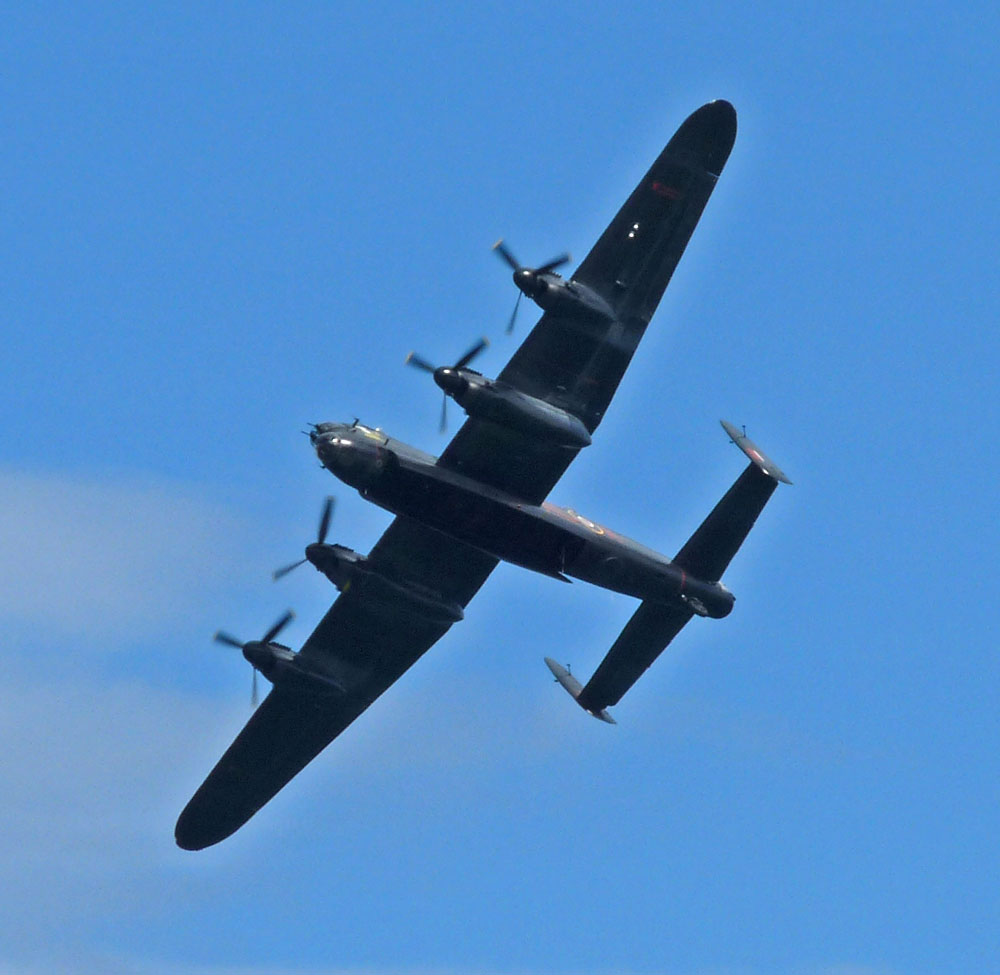
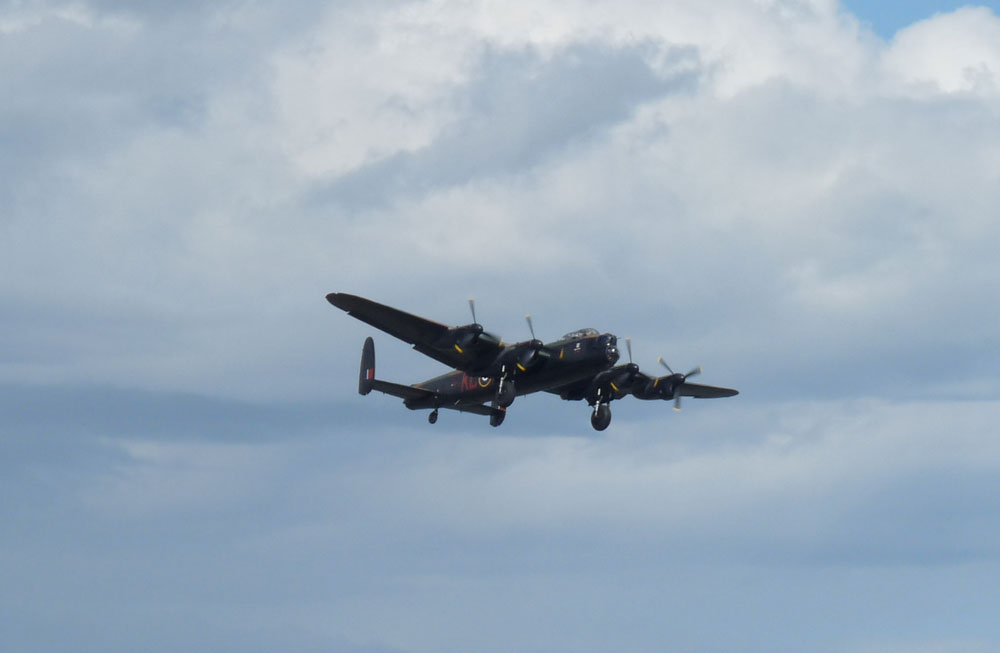

The Lancaster was such a successful bomber that eventually 7,377 were produced by six different manufacturers, including 430 in Canada. It became the mainstay heavy bomber for the RAF and was a very significant factor in winning the war.
This was not to be the first time that Farren’s knowledge and understanding of all aspects of aircraft development, what it would take to overcome technical problems, pragmatism and diplomacy would help save a project and bring the necessary encouragement and belief to see it through to success.
Farnborough
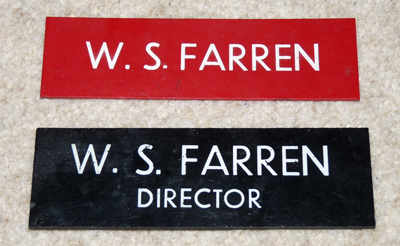
The following year, William Farren returned to Farnborough Factory where he had worked as Technical Director in its early years during WW1. It was now known as the Farnborough Aeronautical Establishment and he became its first Director in July 1941 (the previous title of Chief Superintendent being abolished). In the two years prior to this appointment, as Deputy Director of Scientific Research, he concentrated on building a wind tunnel with 600mph capability to support the evolution of Frank Whittle's jet engine. In the setting of that time, £1/4m was an astronomical sum to spend on scientific equipment!
In 1941, as the new Director, he appointed new Heads of Departments and unified the massively expanding establishment in support of the war effort. Prof. A R Collar F.R.S. (who led an aero-elasticity research team at Farnborough during the war) stated "Farren... created, virtually, a new complex of laboratories, a great wealth of new equipment, a new airfield with the most modern Air Traffic Control... adequate runways for the testing of any very advanced aircraft then foreseen - a most memorable and potent achievement." (extract from personal correspondence)
The photo below, taken in 1947, shows Farnborough as Farren left it after the war.
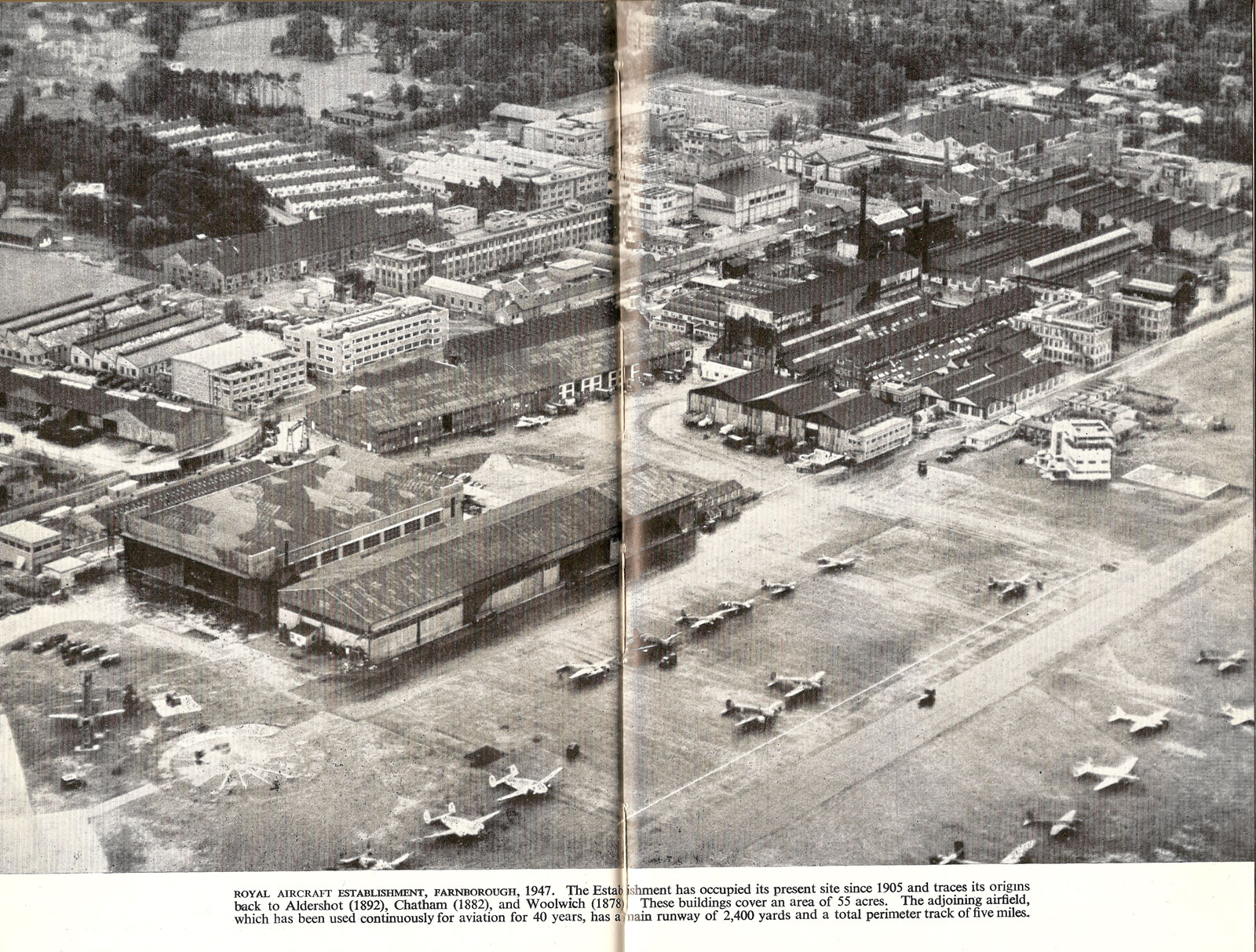
Collar continued, "During the war years at Farnborough, Farren became something of a legend. He was without question universally respected, though he was not universally liked; he affected a brusqueness of manner and brevity of speech, which was no doubt dictated by the fact that he was always very busy, but which was less palatable to some of his staff."
At Farnborough, Farren took to the air once again, no mean feat for a 49 year old! Sir George Thomson thought he was the only Director to fly regularly as a pilot. In 1942 he piloted 91 flights and in 1945, 95 flights (though the record lacks 10 days). many of those flights were half an hour before work in the morning, often in Spitfires, but also Tempests, Typhoons, Thunderbolts and many more - most British planes, many American and some German aircraft. He is believed to have flown Britain's first jet, a Gloster Armstrong Whitworth Meteor (1944) (Photo - Public Domain)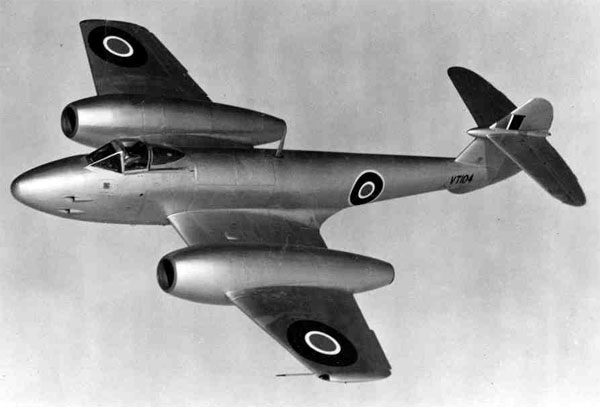
Prof A R Collar wrote, "Bill, as he was known to his friends, often gave the appearance of acidity but this was a cover of a rather shy nature, which only became apparent when one was admitted to his circle of friendship.... His fanatical belief in engineering soon distinguished him and he was, I believe, the original of Beaverbrook's "boys in the back room". He guided the R.A.E. through the very difficult war years - difficult not only in the nature of the work but in the nature of the staff; all sorts, including surprised and surprising academics..."
Sir Geoffrey Taylor wrote (personal correspondence), criticising an obituary that focussed on Farren as an administrator, "... (it) does not refer to his ability as a draughtsman and instrument designer which many of his friends will remember. His design of an instrument to measure the plastic distortion of single crystals of metals for instance, was a model of its kind. During the Second World War, though overburdened with official duties, he found time to prepare the drawings and the specification of the C.Q.R. anchor which was invented in 1934 for the use of yachts but was used by the navy for its torpedo boats and by Lord Mountbatten's combined operations to anchor the Mulberry Harbour (PHOTO) from which the Normandy landings were mounted."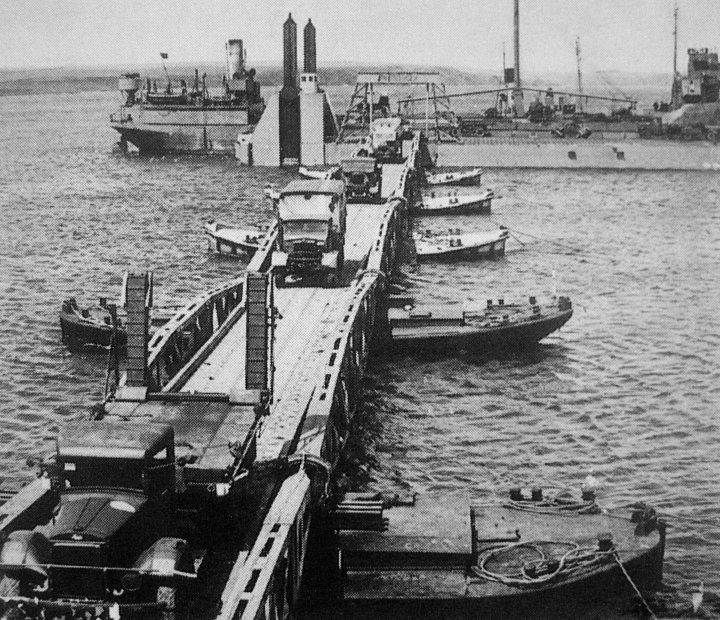
As the war drew to a close Churchill summoned Farren to London to take charge of a special mission to Germany to uncover German aeronautical and military secrets. I only gained this information by chance as I have found little recorded online about this, the "Farren Mission".
In 2014 I was watching a programme about Captain Eric "Winkle" Brown, Britain's greatest pilot, now in his late 90s, who holds the record for the number of different aircraft he has flown: 487. When I heard that he worked as test pilot at Farnborough at the end of the war I realised that he must have known Sir William so I wrote to him and he kindly called me back.
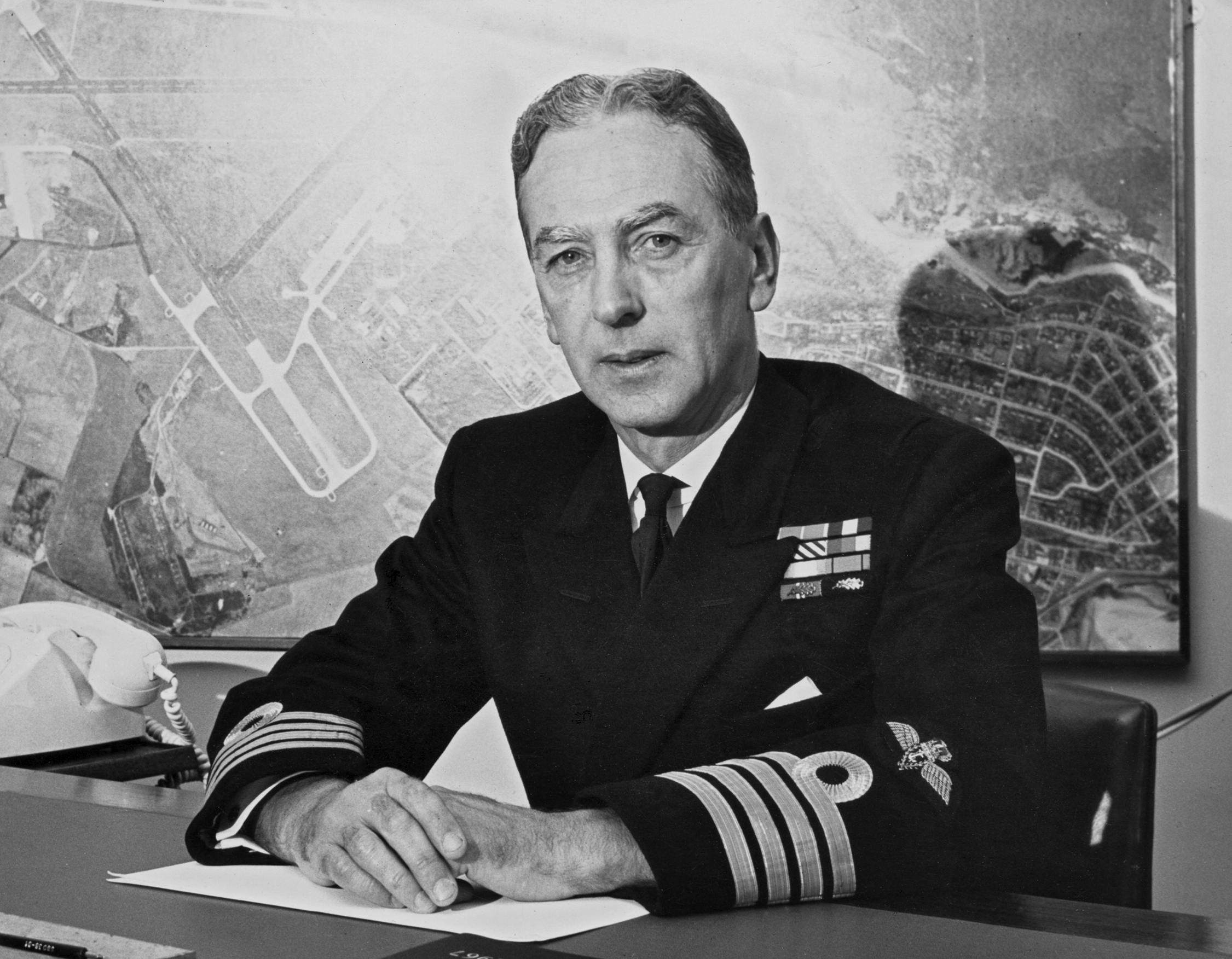 He told me how he first met Farren when, as a young pioneering test pilot who had test flown numerous highly dangerous landings of aircraft on ships, (Captain Brown holds the world record for carrier landings - 2407) he was summoned to the Director's office.
He told me how he first met Farren when, as a young pioneering test pilot who had test flown numerous highly dangerous landings of aircraft on ships, (Captain Brown holds the world record for carrier landings - 2407) he was summoned to the Director's office.
*Young man," said the Director, "I never thought I would see you alive." Farren was referring to a recent exploit in March 1944 when Captain Brown landed the heavy Sea Mosquito on a carrier, the first twin-engined aircraft to make such a landing to date.
Brown was the Chief Naval Test Pilot at Farnborough and Farren selected him to become the first pilot to fly a supersonic research aircraft, the Miles M.5. However, this project was cancelled shortly before completion just after the war. (Brown has written a book about the mystery of this cancellation, occuring so soon before Britain would have been the first to fly a supersonic aircraft.) In his autobiography, Wings on my Sleeve, Brown recalls this handwritten memo from Farren, saying, "I would like you to start taking a close interest in the supersonic research project being conducted by R.A.E. in conjunction with the Miles Aircraft Company. To this end you should liaise with Morien Morgan." Morgan was then Head of Aero Dept, Flight Section and was part of the Farren Mission to Germany in 1945 and later Director of RAE.
It was Brown who told me how Churchill summoned Farren to London to head up what became known as The Farren Mission to Germany to learn the secrets of the latest German aircraft. Brown was the chief test pilot and his exploits flying highly experimental and dangerous planes are legendary. Read about this mission here. It led to Operation Surgeon, the focus of British efforts to exploit Nazi aeronautical advances.
(NB. Sadly, Captain Eric Winkle Brown died, aged 97, on Sunday 21st February 2016. Report. Obituary.)
After the war Farren left Farnborough to take a post as Technical Director at Blackburn Aircraft Co. Ltd before serving as Technical Director of A.V.Roe & Co. from 1947-1961 where he oversaw the Vulcan project through to production.
William Farren - The Farren Mission
William Farren - The Vulcan Years
